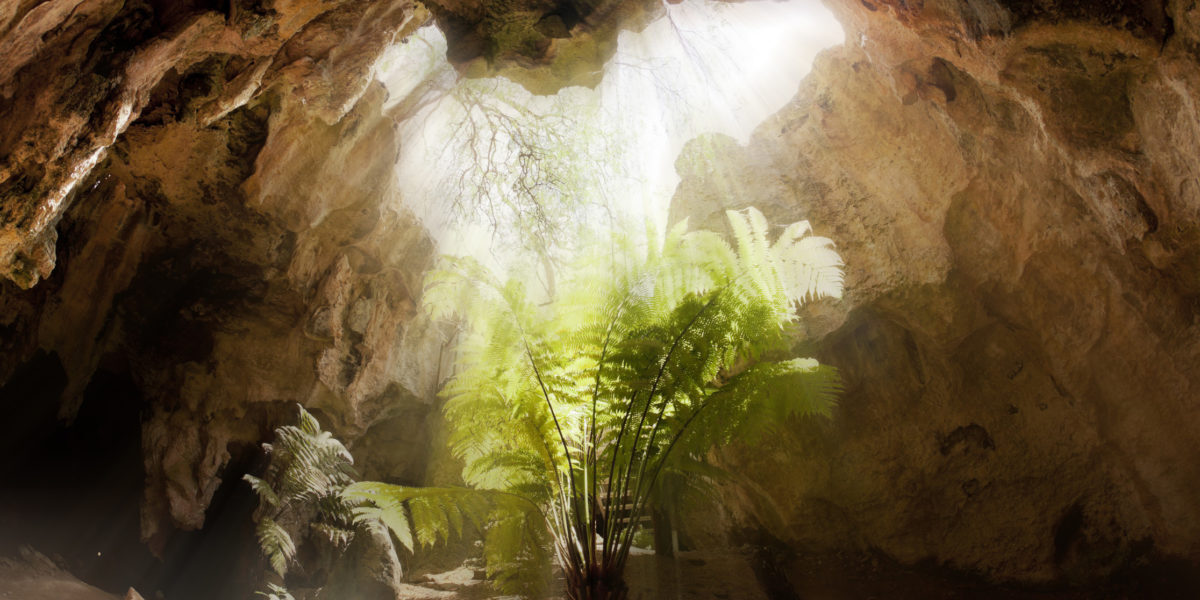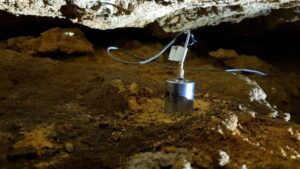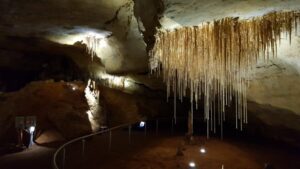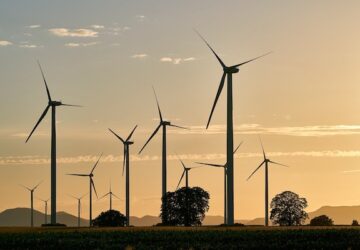
Strategies for reducing the environmental impacts of construction on ancient caves
It’s important to consider strategies for reducing the environmental impacts of construction on our natural treasures
With the fascination of caves heightened since the Wild Boars soccer team became trapped for a harrowing 13 days in a cave formation in Thailand, we thought we’d talk about some caves a little closer to home and how vibration from development might affect them.
The South Australian Naracoorte caves first came to global scientific attention after 1969, when cave explorers entered relatively inaccessible limestone chambers and found fossils of marsupial lions, enormous kangaroos and giant monitor lizards.
The find created a buzz around the world with the Naracoorte Caves now known as one of the world’s best fossil sites.
Fast forward to today and the caves and their extensive fossil record are now recognised as the Naracoorte Caves National Park and are a World Heritage Listed site.
The park is a visitor destination, with a camping ground and caravan park, dormitory accommodation for groups, picnic grounds and a licensed cafe. The caves are also of important ecological significance as thousands of southern bent wing bats breed there each year.
As is often the case in National Parks, construction work does sometimes need to occur. Whether it’s footpath or road creation for accessibility to amenities, Resonate Consultants are often called in to assess the noise and vibration monitoring and impact of certain activities and provide recommendations and strategies for reducing the environmental impacts of construction.
The vibration investigation
which are structures formed in caves by the deposition of minerals from water over thousands of years.
In this case, the longest straw in the cave is approximately 200cm long.
Vibration monitoring and testing methodology
As a professional acoustic engineering firm, we have many tools at our disposal to measure and test potential impacts of noise and vibration. We also refer to high quality acoustic research and published papers, where similar studies may have been completed in other parts of the world.
The vibration source used was a Wacker Neuson compactor (name plate mass of 450kg) with a measured forcing frequency of 73Hz. The compactor was operated by traversing the machine continuously over the cave near the two measurement locations.
The results indicated that surface vibration measurements were likely to be generally representative of that measured in the cave in the straw locality. During this time, vibration was easily felt within the cave including on the handrails which were connected to the cave floor.
Vibrational damage criteria
Since the late nineties, several investigations have been made to check the influence of earthquakes on speleothems in caves. Of relevance is paper “Prevention of speleothem rupture during nearby construction” (2002) published by Lacave et. al. The paper documented the results of a study that evaluated the risk of speleothem rupture caused by explosive shots that were planned for the excavation of a new highway tunnel.
Relatively long and slender speleothems are the most vulnerable for two reasons:
- The longer the speleothem, the greater the lever of the inertia forces and bending moment, and the smaller the diameter, the higher the maximum tensile bending stress for a given bending moment, and the smaller the diameter, the higher the maximum tensile bending stress for a given bending moment.
- The longer the speleothems, the higher the probability that they contain a weak section, ie an internal structural irregularity with a low rupture stress.
From the vulnerability curves presented by Lacave et. al, it was also possible to estimate the per cent probability of rupture vibration level for the speleothems located in Naracoorte Caves.
Recommendations for reducing the environmental impacts of construction
The results showed that the cave area near the straw decoration was sensitive to surface vibration. We understood that a relatively thin rock layer exists between the surface and the straws (ie approximately 3m) and also noted that the rock protruded above the surface soil layer in places. The cave vibration level also doubled in magnitude when the small compaction unit traversed over the cave rock layer protruding through the surface soil layer.
Given this, we recommended that care be taken with general construction activities, with vibratory compaction plant, rock breaking, jackhammering or ground ripping. The use of vibratory compaction plant above 3 tonnes would not be recommended while operating above or very near to the cave footprint.
We also suggested that when appointing contractors for future works, a vibration management plan be requested as part of the contract. The plan should document how the works will be managed to ideally not generate more than 6 mm/s PPV at the surface through construction works. We adopted 6mm/s PPV with intent to reduce the probability of rupture to 0 per cent.
For thorough vibrational monitoring and acoustic construction strategies for your environmental project, get in touch with Resonate Consultants today.






